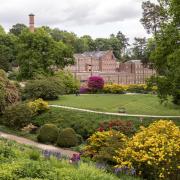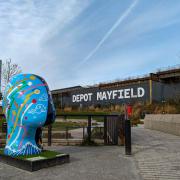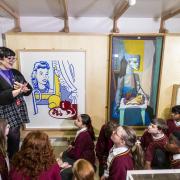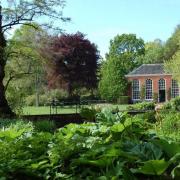Thoughts on a work of art you can see in one of Cheshire’s public galleries
Sleeping Beauty has captivated millions and an interpretation of the story, rendered beautifully in oil, hangs in Warrington Art Gallery for all to see at no charge.
The artist, Edward Brewtnall, was raised in Cheshire, the son of Edward Brewtnall who was headmaster of the People’s College in Warrington and later editor of the Warrington Guardian. Brewtnall has yet to receive the same level of recognition as his pre-Raphaelite peers but this painting has many similarities with the romantic imagery, intense colours and complexity favoured by Rossetti, Hunt or Millais.
We see the handsome prince gazing upon the sleeping princess for the first time. The princess’s white robes and ringless finger are very obvious signs of her purity and her long hair suggests she has lain undisturbed for many years.
The accursed princess was doomed to spend a hundred years in deep sleep. To prevent her waking up scared and alone, the good fairy cast a spell to put her family and servants to sleep too. The castle was then surrounded by thorns, brambles and tall trees to protect the inhabitants from danger.
Brewtnall supplants the thorns with flowers. To the Victorians, flowers conveyed a hidden meaning in a language known as floriography or flora symbolica. The sunflowers on the hero’s jacket symbolise pure and lofty thoughts. The red and white roses in the top right hand corner are entwined as one and this is the floriographical way of conveying unity. The white dove nestled away on the right hand side is a potent symbol for love.
The prince ignores the old lady who appears half-hidden in the background to his right. Is she a symbol of good or evil? Was she placed there to guard the princess, to comfort her when she awoke? Or is this the witch whose curse is responsible for this whole event? Why not make the time to pay a visit and decide for yourself.



























